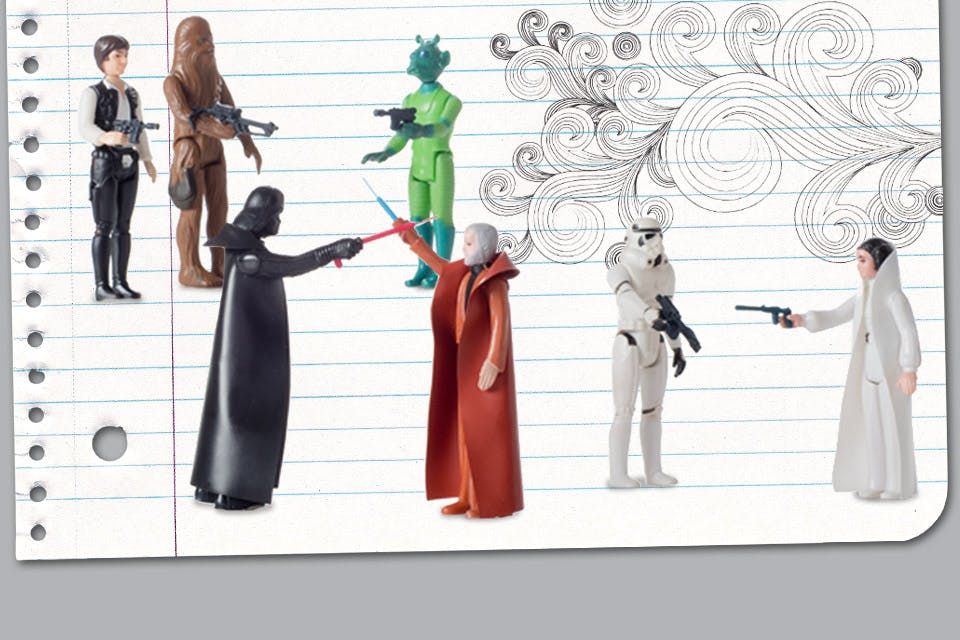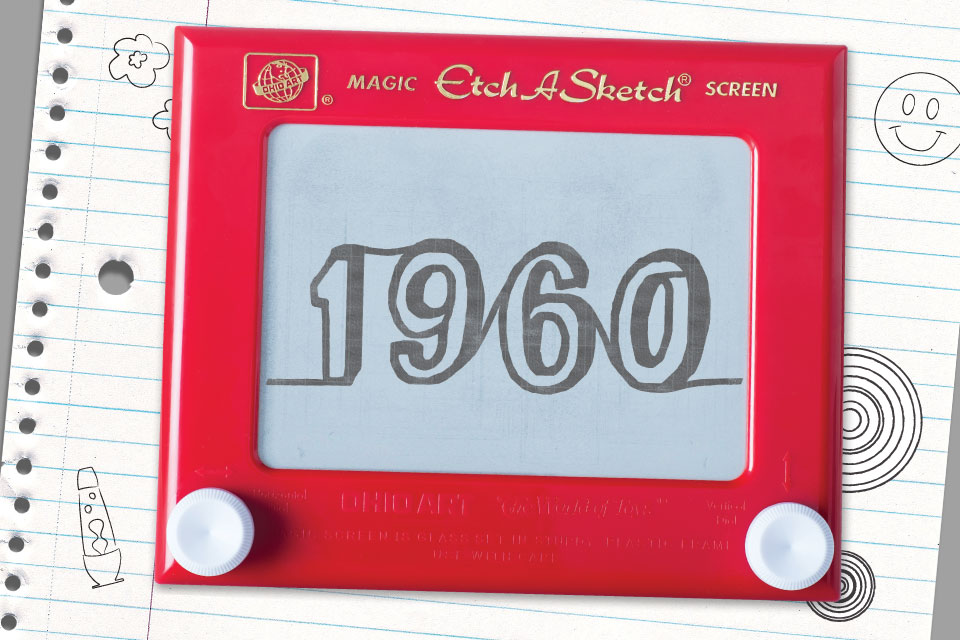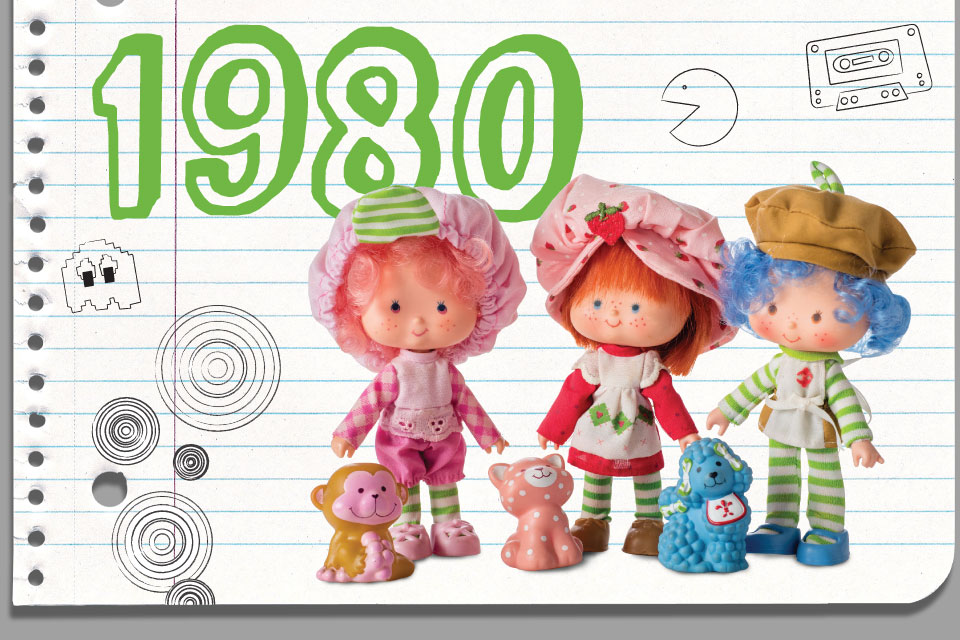Ohio Life
Star Wars, Strawberry Shortcake and Other Ohio Toys
Once upon a time, they were just ideas on drawing boards across the state. Here is how four beloved toys with Ohio ties came to be.
Related Articles

5 Ohio Holiday Light Displays This Season
From millions of lights found in our zoos, to parks and gardens shining with a warm glow, check out these holiday light displays this season. READ MORE >>
-.jpg?sfvrsn=3464b538_5&w=960&auto=compress%2cformat)
Explore 19th-Century Holiday Traditions During Historic Zoar Village Christmas Tours
This living-history destination in Tuscarawas county brings 19th-century German holiday traditions to life on select Saturdays this season, complete with Belsnickel, music and family-friendly festivities. READ MORE >>

7 Seasonal Pop-Up Bars to Toast Holiday Cheer
These Ohio bars and restaurants are open year-round, but when the holidays hit, they begin whipping themed cocktails and stocking seasonal beer that is best shared with friends or visiting family. READ MORE >>







